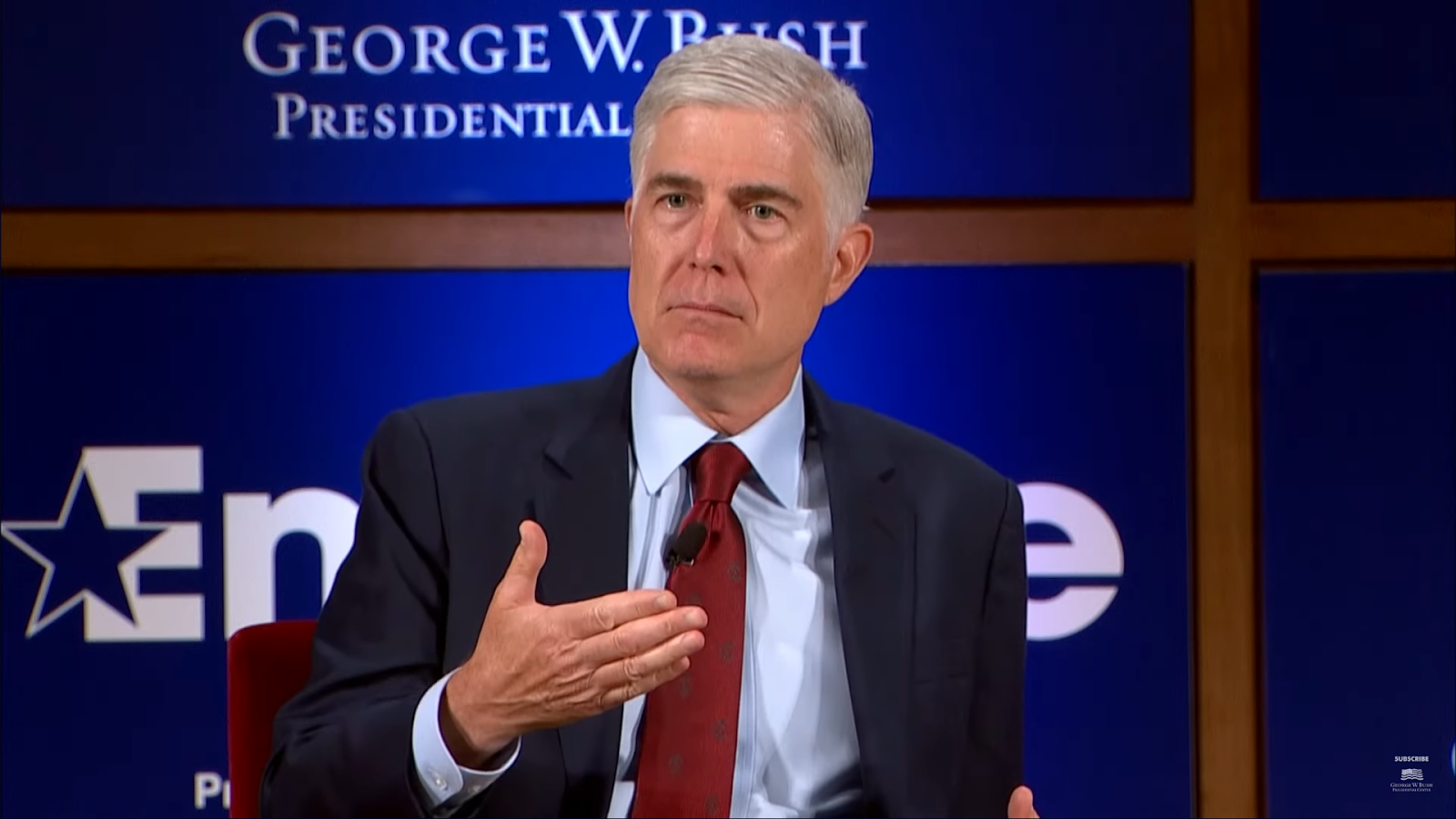The U.S. Supreme Court has temporarily halted a lower court’s ruling that blocked the National Institutes of Health (NIH) from terminating diversity, equity, and inclusion (DEI) grants totaling nearly $800 million. The decision, issued on Thursday, was a 5-4 ruling with Chief Justice John Roberts and the court’s Democratic appointees dissenting.
This ruling comes amid ongoing tensions between the Supreme Court and lower courts, particularly those perceived as issuing rulings that conflict with the high court’s decisions. Justice Neil Gorsuch, in a concurring opinion, criticized the behavior of some lower court judges, stating they are not free to defy the Supreme Court’s rulings.
The case arose from a request by the Trump administration to pause a lower court’s injunction that had blocked the NIH’s efforts to end these grants. Gorsuch noted that this was not an isolated incident, citing previous cases where lower courts have diverged from Supreme Court precedent.
“Lower court judges may sometimes disagree with this Court’s decisions, but they are never free to defy them,” Gorsuch wrote. He emphasized that the legal system requires consistency, stating that similar cases should be treated alike.
The ruling also referenced a related case, Department of Education v. California, where the Supreme Court had previously granted a stay because it found the district court lacked jurisdiction. Gorsuch pointed out that the lower court in the current case had ignored this precedent, allowing a suit involving similar grants to proceed under the Administrative Procedure Act (APA).
Gorsuch’s opinion highlighted a concerning trend where lower courts have issued rulings that contradict established Supreme Court decisions. He mentioned that this was the third instance in recent weeks where the Supreme Court had to intervene in cases that were “squarely controlled” by its precedents.
Justice Brett Kavanaugh joined Gorsuch’s opinion, concurring in part and dissenting in part. Critics of the lower courts argue that these actions undermine the authority of the Supreme Court and disrupt the judicial hierarchy established by the Constitution.
Supporters of the Supreme Court’s decision view it as a necessary step to maintain judicial integrity and ensure that lower courts adhere to established legal standards. They argue that the Supreme Court’s intervention is crucial in preserving the rule of law and preventing judicial overreach.
The implications of this ruling extend beyond the immediate case, as it raises questions about the relationship between the Supreme Court and lower courts. Legal experts suggest that the Supreme Court may need to take a more active role in overseeing lower court decisions to ensure compliance with its rulings.
As the legal landscape continues to evolve, this ruling serves as a reminder of the ongoing debates surrounding judicial authority and the balance of power within the federal court system.
READ ICE Arrests Convicted Criminals in Nationwide Operation



